Deeply rooted in the country’s rich history, handcrafted wares in Japan are often highly valued for their precision in design, craftsmanship, and the artists’ dedication to their craft. With a long tradition of handcrafted goods, Japan has hundreds of regional crafts—each unique to where the item harks from. Many of these bespoke items are recognized as traditional crafts linked to Japan’s cultural identity, and include intricate glassware, beautiful textiles and dyed fabrics, ceramics and pottery, woodworking and joinery, as well as lacquered wooden bowls and trays. Travelling to Tokyo? Experience the creative side of Japanese culture with some of these traditional handicraft workshops!
1. Chopstick Making
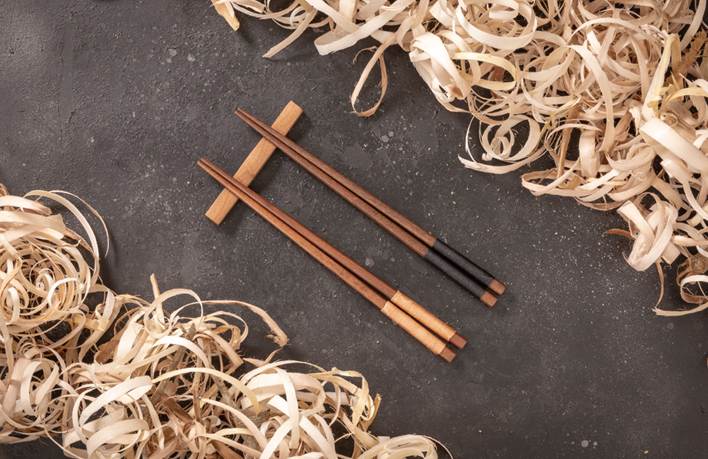
In Japanese culture, chopsticks, or hashi, are more than just utensils for eating. Deeply interconnected with daily life, rituals, and social customs, they historically symbolized a bridge between humanity and the divine! As chopsticks are made from two sticks of equal length, the act of using them requires coordination and cooperation. The long, slender shape of chopsticks also resemble bamboo stalks, which are a Japanese symbol of longevity. This is why chopsticks are often gifted to couples for weddings, as it symbolizes unity, harmony, and it represents a wish for a long and prosperous life.
With its cultural significance in mind, it comes as no surprise that Japan produces some of the most beautiful chopsticks, that travelers and locals alike can purchase as gifts. Sometimes, however, creating something this special as a gift for a loved one, or to take home as a special keepsake, is an experience in itself! If you are visiting Tokyo, there are workshops that you can attend to create a pair of chopsticks on your own! With the option to engrave your name, or the name of whom the gift is intended, these finishing touches provide that personal touch to make these bespoke chopsticks extra special.
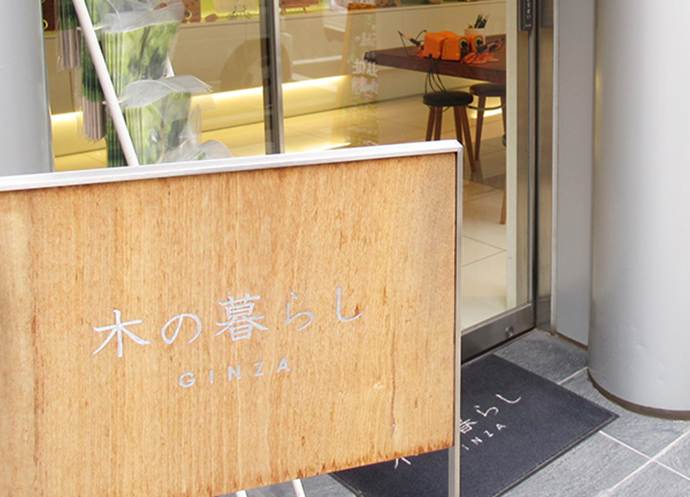
Located in a small alley in Ginza, this store lets you choose from 12 different types of wood, the length of chopsticks that you prefer, and utilizes a wood plane to sharpen and shape the tip of the chopsticks. This experience is offered in English and costs just under 3,000yen, with engraving at an additional 1,100yen. For more information, please visit their booking page here.
2. Indigo Dyeing
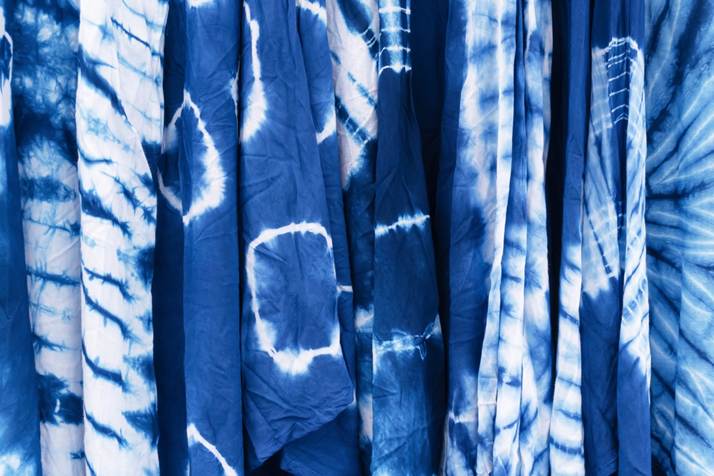
One of the oldest plant dyes in history, the practice of indigo dyeing dates back as early as the 8th century in Japan. Indigo-dyed fabrics were exclusively used in the Imperial Court in the Heian Period (794 – 1185), where they were also utilized by samurai warriors later in the 12th century. The vibrant blue hue of the indigo dye is often associated with protection, durability, and even healing, because of the plant’s natural antibacterial and insect repelling properties. Known as aizome in Japanese, indigo dyeing is a highly valued, centuries-old craft, and the resulting blue dye has long been associated with Japan and is considered the country’s color of victory.
Some prefectures, like Tokushima and Nara, are particularly well known for indigo dyeing, but this practice can be found in many regions around the country. If you would like to experience indigo dyeing in Tokyo, look no further! With aprons, gloves, and other protective equipment provided for you, you can enjoy this experience with a peace of mind, and take a one-of-a-kind piece of Japanese culture home with you!
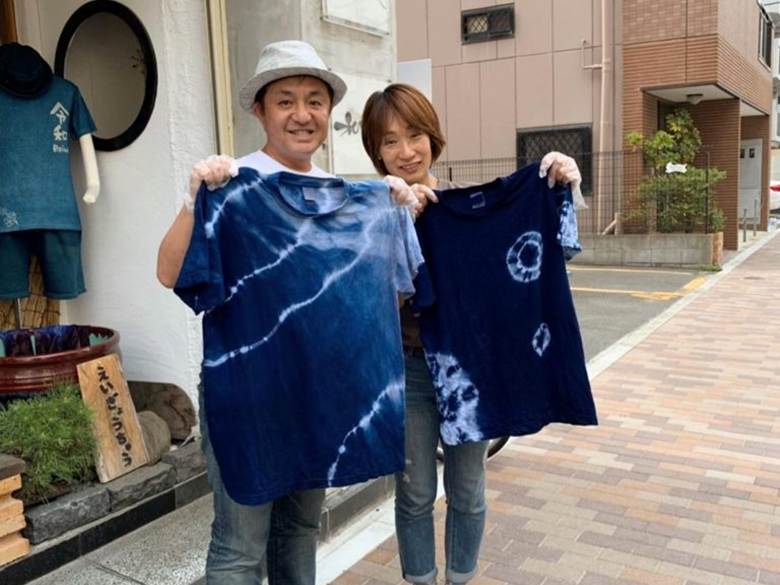
Located near Ueno Station, Wanariya is a modern Japanese shop and studio for hand-woven and hand-dyed Edo apparel and goods. Their indigo dyeing workshop lets visitors choose their product of choice to dye, and choices range from T-shirts, to bags, shawls, and hand towels! Each session costs under 3,000yen and takes around 1 hour and 15 minutes, and workshops are also available in English. For more information, please visit their experience booking page, here.
3. Kintsugi
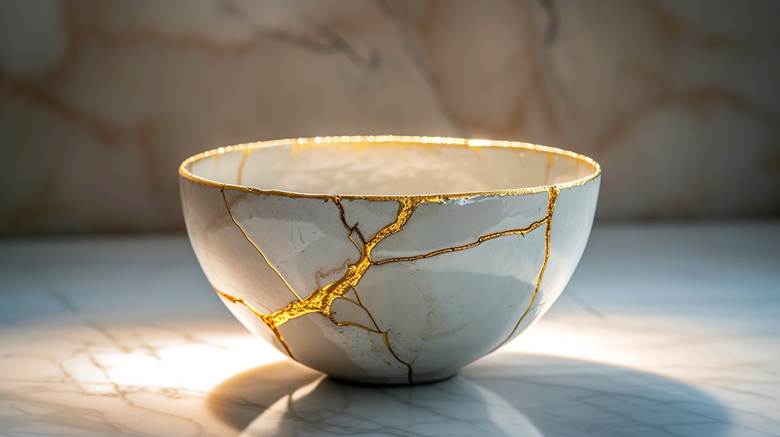
Kintsugi is a Japanese art form of repairing broken pottery or ceramics by using golden or silver lacquer to join the pieces back together, highlighting the cracks and imperfections, rather than hiding them. The broken pieces are not viewed as defects, but rather as the characteristics and beauty of the object. This artform fully represents and reflects the Japanese philosophy of wabi–sabi, which embraces the beauty of imperfection and impermanence, and placing value on the natural flaws and scars of an object. This aspect of Japanese culture and craft is well-known internationally, and if you are in or visiting Tokyo, this workshop allows you to try your hand at repairing pottery through kintsugi!
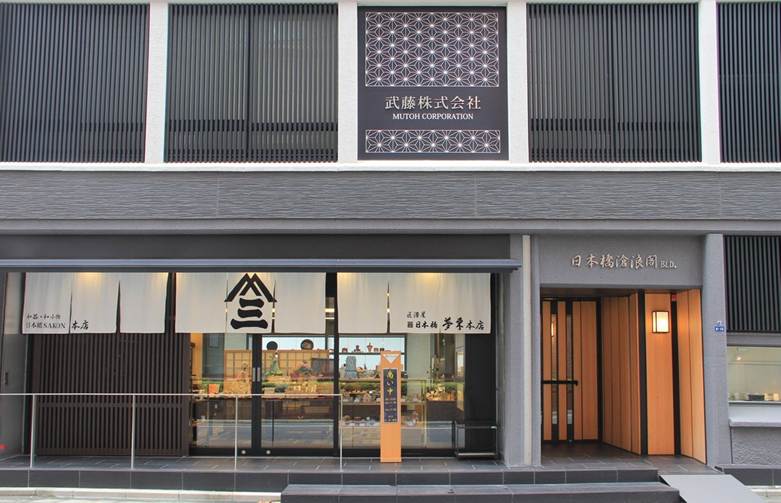
Located in Nihonbashi near Tokyo Station, Mutoh is a long-established lacquerware store that offers lacquerware, as well as kintsugi workshops Their kintsugi workshop costs just under 15,000yen, and takes 1 to 2 hours in duration. Utilizing a substitute lacquer that dries quickly, as well as a fine dusting of gold leaf powder, this ensures that the piece that you work on dries in time by the end of the workshop session. While visitors can choose a vessel from a selection at the shop, they are also welcomed to bring a vessel of their own to repair! For more information, please visit their booking page, here.
4. Edo Kiriko Glass Patterns

Edo Kiriko is a traditional Japanese craft, where intricate patterns are precisely carved into glass vessels by hand. Originating in Tokyo (formerly known as Edo) in the 19th century, the name Edo Kiriko means “cut glass from Edo”. Through generations of skilled artisans and years of refining these skills, the artistry of this craft lies in the hand-cut nature of the designs. The techniques used in creating Edo Kiriko glassware involves precise grinding and polishing to create the intricate designs. With its incredible ability to refract light, the designs etched into the glassware sparkle like a gem in the light – making it truly a highly valued and distinct form of glass art. If you would like to try your hand at Edo Kiriko, there is no better place to try it than the city where the craft originated from!
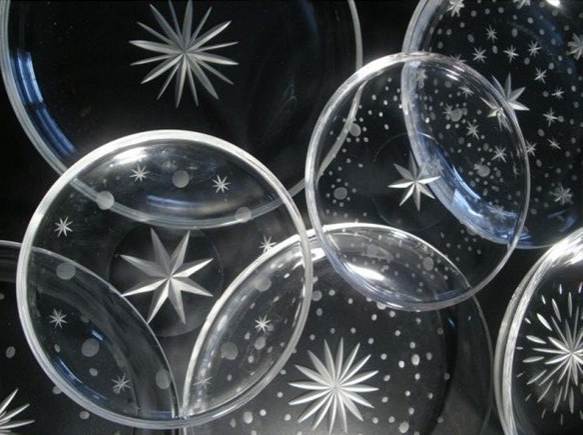
Located in Ota City, Tokyo, the Tokyo Glass Art Institute is a place where people of all ages can learn the art of glassblowing, glass craft, as well as how to create traditional Japanese glassware. Besides Edo Kiriko glass workshops, visitors can also try their hand at glassblowing, etching glass through sandblasting, creating custom glass accessories, as well as glass bead making. Their Edo Kiriko glass workshop runs for about an hour, and costs 3,300yen per person. Visitors can choose from a dish, a bowl, or a glass, and carve geometric or floral patterns onto their vessel with a diamond grinder! Bookings can be made on the Institute’s website, or on their booking page, here.
With such a rich cultural history as well as creative and dedicated artisans, it`s not surprising that Japan’s culture of handcrafted wares have been widely acclaimed for their excellence in craftsmanship, design, and quality. Rather than simply buying these as souvenirs, why not immerse yourself in Japanese culture and creativity through a traditional handicraft workshop right here in Tokyo?
